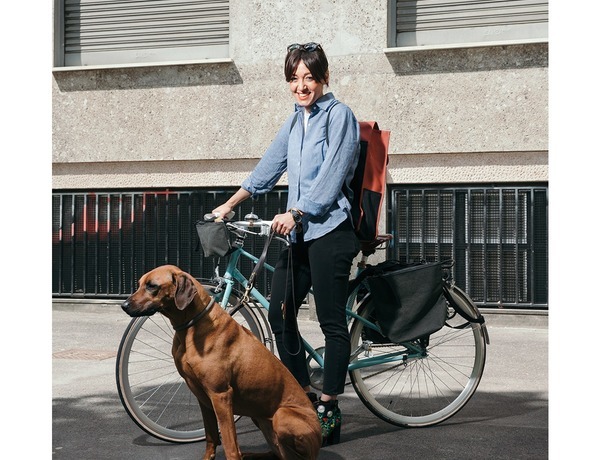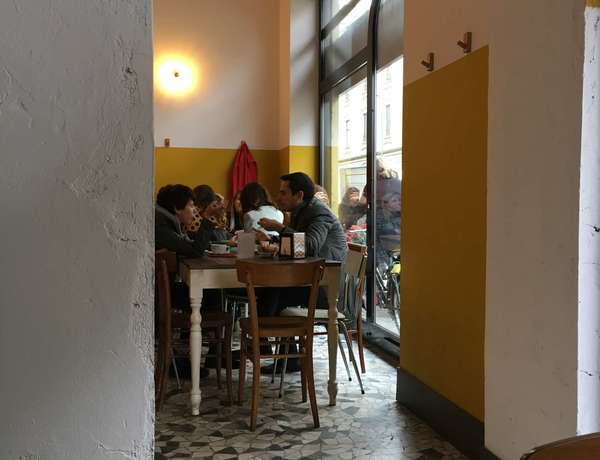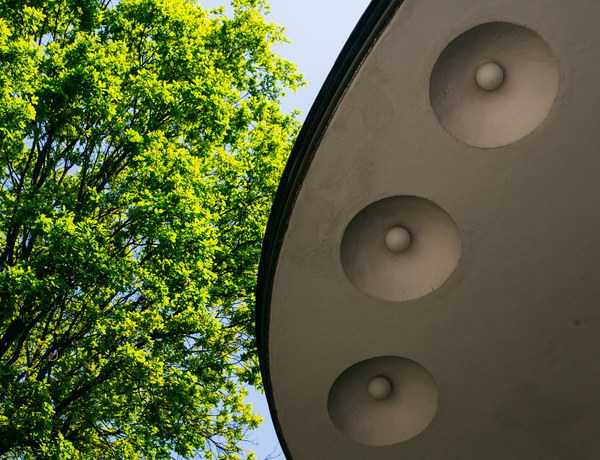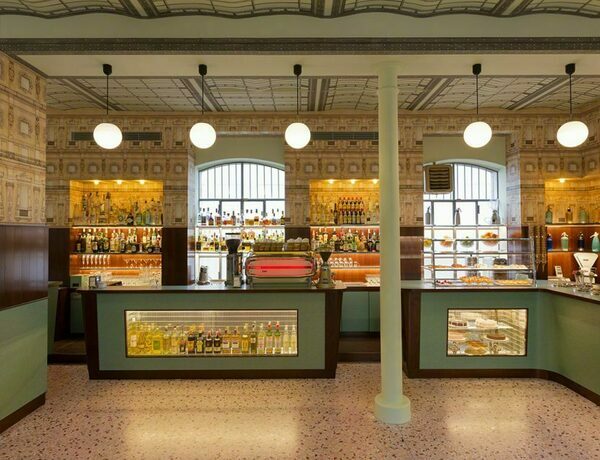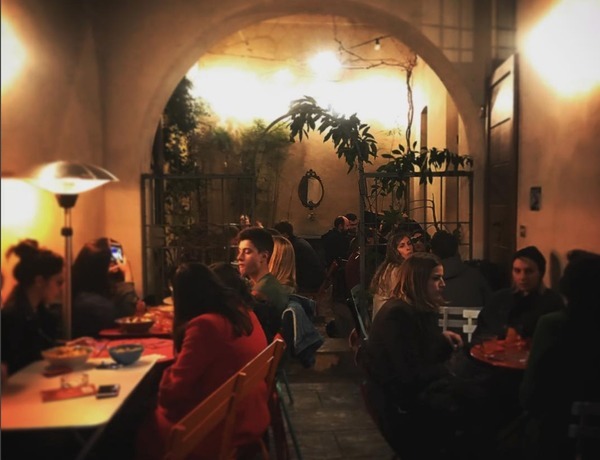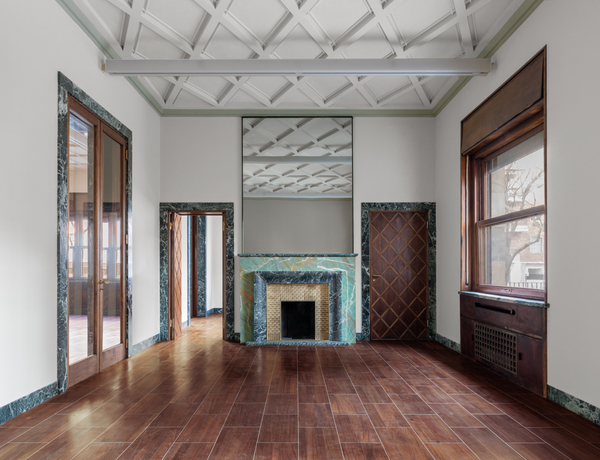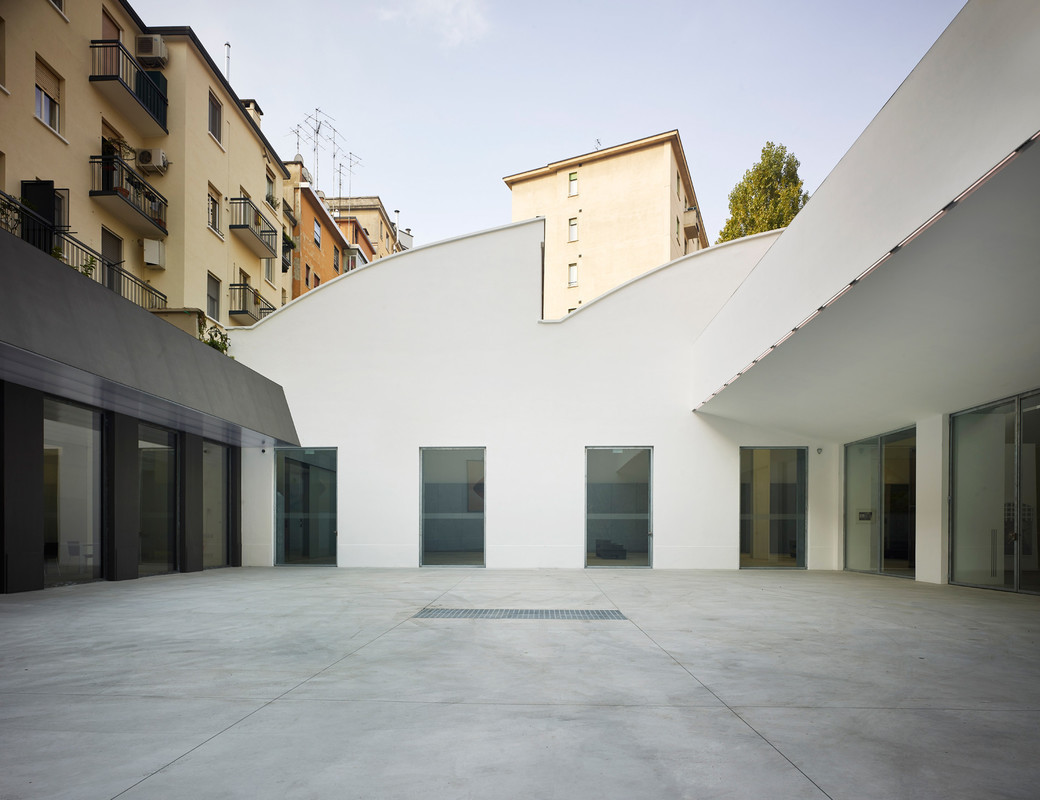
Posted by Cecilia Melli
Spazio Maiocchi is a social space where art, design and fashion blend to shape new cultural experiences. Originating from the convergence of visionary founding partners Carhartt WIP and Slam Jam, Spazio Maiocchi is a cross-disciplinary ideas aggregator, house to the studios and exhibition spaces of KALEIDOSCOPE, one of Milan’s most widely recognized enterprises for contemporary art.
Website
spaziomaiocchi.com
spaziomaiocchi.com
